How Do We Meditate, Part 1
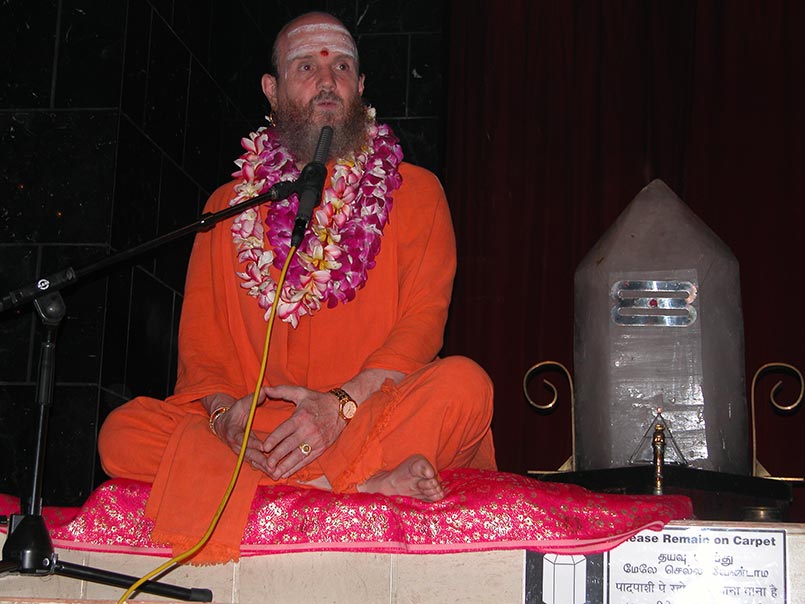
Bodhinatha’s Latest Upadeshas
Path to Siva Commentaries
“Meditation is a long journey, a pilgrimage into the mind itself.” In Gurudeva’s approach we start meditation with the physical body then get more and more subtle, withdrawing energy into the spine then not utilizing mental activity. Everything we meditate on is actual experience, not something the mind has created. We experience something that’s always there, awareness aware of itself. Gurudeva’s mystical Natha Language of Shum. Awareness is the witness consciousness of the soul, ‘niif.’ In the nature of our form of meditation there is a continuity (nalif) from one day to the next.
Path to Siva, Lesson 47.
Click here to go to an index of all of Bodhinatha’s and Gurudeva’s online audio.
Innersearch Sri Lanka
A compilation video of our Innersearch 2018 Sri Lanka travel-study program. Fifty-nine participants traveled with Satguru Bodhinatha Veylanswami and five of his monks to Colombo, Habarana and Jaffna. They had classes with Satguru, went on adventuresome outings, worshiped at powerful temple, and visited holy shrines related to the Kailasa lineage.
A similar program will be held in March of 2019. If you’re considering attending you can go here to sign up:
Innersearch 2019 Application
Innersearch Staff Departs Kauai and Arrives in Sri Lanka

Innersearch Sri Lanka is almost underway. The staff departed the monastery for a 27-hour transit to their final destination.

The first on the ground planning meeting with head ground coordinator Rishi Thondunatha.
What Are the Two Paths? Bodhinatha Clarifies Detachment
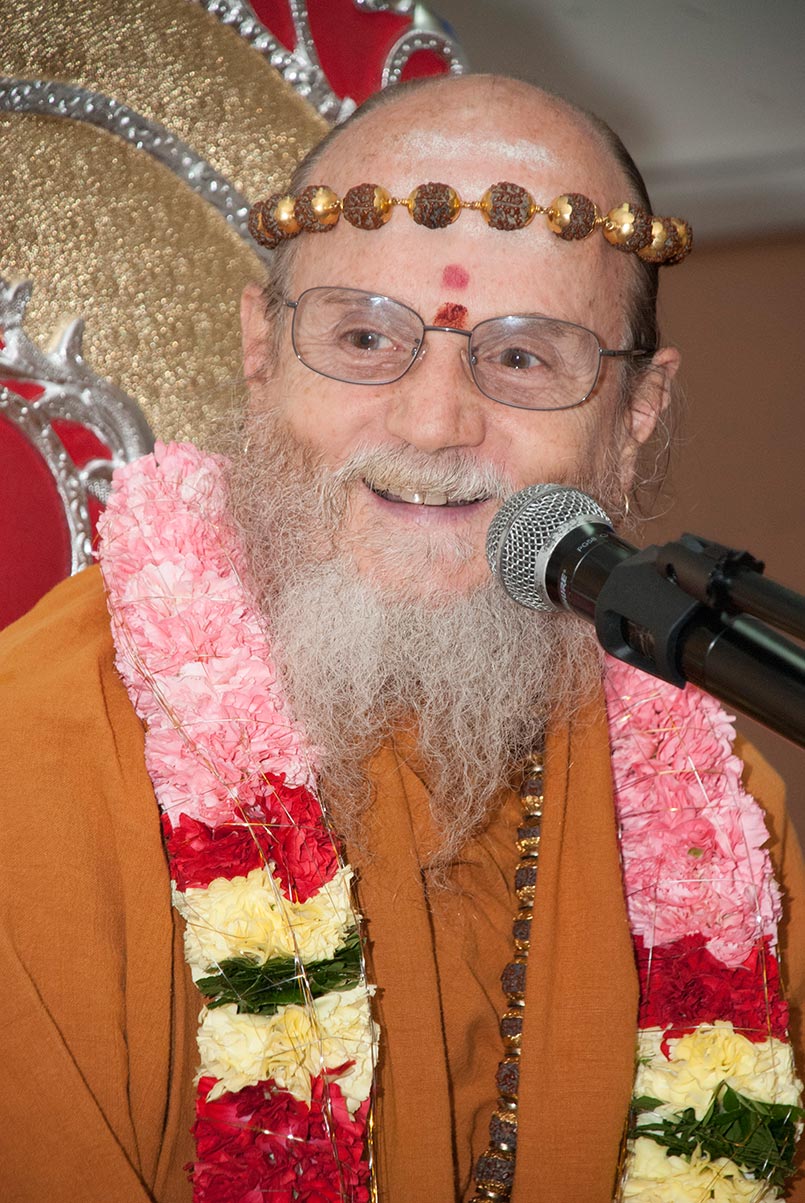
What Are the Two Paths? Path to Siva, Lesson 37 (Jan 4, 2018)
Bodhinatha addresses the misconception that householders should be detached from their family and professional life. Using the Tirukural as a reference, he highlights that detachment for the householder means to be detached from one’s wealth and possessions enough to be able to do charity. Then he describes key goals of monastic life and the service done by our monastic order, pointing out that the path of spiritual unfoldment, like an oak tree, takes many years to yield results. But we should have faith that the ancient methods and path will one day yield results.
Path To Siva, Lesson 37
Click here to go to an index of all of Bodhinatha’s and Gurudeva’s online audio.
Sit on a Rock in Rishi Valley
A recently taken 360 video for our upcoming kauai Aadheenam Virtual Tour. Click the gear and select a high quality. Click and drag to look around. If you’re viewing this on a device, click the youtube video title to view on Youtube, in order to see in full immersive 360.
A Month of Muruga
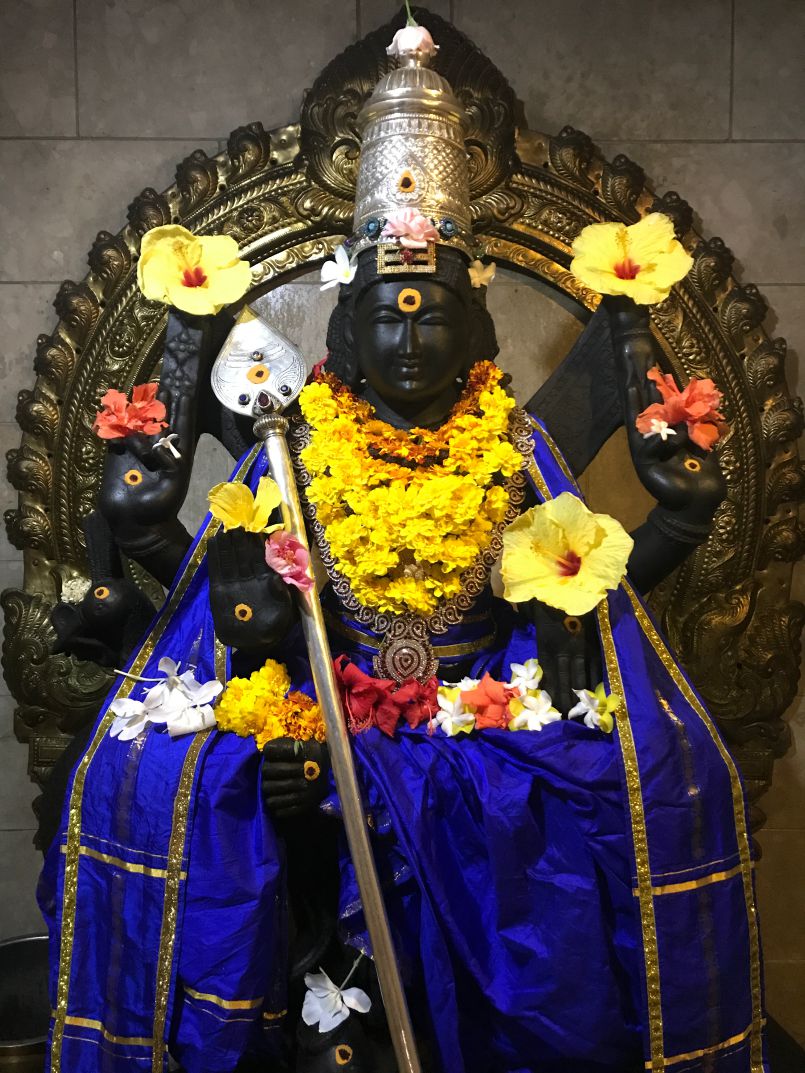
The daily abhishekam of Lord Murugan, our Lord Kartikeya, has been a joy for one of our senior swamis Muruganathaswami; a daily vigil he has done for years. Without fail our vigil system in Kadavul temple goes on from light to dark and dark to light over and over again. The 6am Murugan abhishekam happens daily and there is never a day when He is not cared for, worshiped and revered. For this seva He has beamed shakti back to us, and on auspicious festivals in His name we can feel His intoxicating darshan overcome us. This uniquely Hindu experience is a reminder to us all that the Gods are in the inner worlds, they are real and they are waiting for us to open up and hear them roar.
"Lord Kartikeya, Murugan, first guru and Pleiadean master of kundalini yoga, was born of God Siva's mind. His dynamic power awakens spiritual cognition to propel souls onward in their evolution to Siva's feet.
"Lord Kartikeya flies through the mind's vast substance from planet to planet. He could well be called the Emancipator, ever available to the call of those in distress. Lord Kartikeya, God of will, direct cognition and the purest, child-like divine love, propels us onward on the righteous way through religion, Hid FAther's law. Majestically seated on the manipura charka, this scarlet-hued God blesses mankind and strengthens our will when we lift to the inner sky through sadhana and yoga. The yoga pada begins with the worship of Him. The yogi, locked in meditation, venerates Karikeya, Skanda, as his mind becomes as calm as Saravana, the lake of Divine Essence. The kundalini force within everyone is held and controlled by this powerful God, first among renunciates, dear to all sannyasins. Revered as Murugan in the South, He is commander in chief of the great devonic army, a fine, dynamic soldier of the within, a fearless defender of righteousness. He is Divinity emulated in form.
"The Vedas say, "To such a one who has his stains wiped away, the venerable Sanatkumara shows the further shore of darkness. Him they call Skanda."
"Lord Shanmugam, the six-faced, twelve-armed son of Siva, wields many weapons,
as He battles the forces of darkness to end wars, large and small. He rides the noble
peacock, Mayil, which represents effulgent beauty and religion in its fullest glory."
Quoted excerpt is from Dancing with Siva, our catechism for the Saiva Hindu tradition.
Find us on:
YouTube
Facebook
A Cloudy Mountain
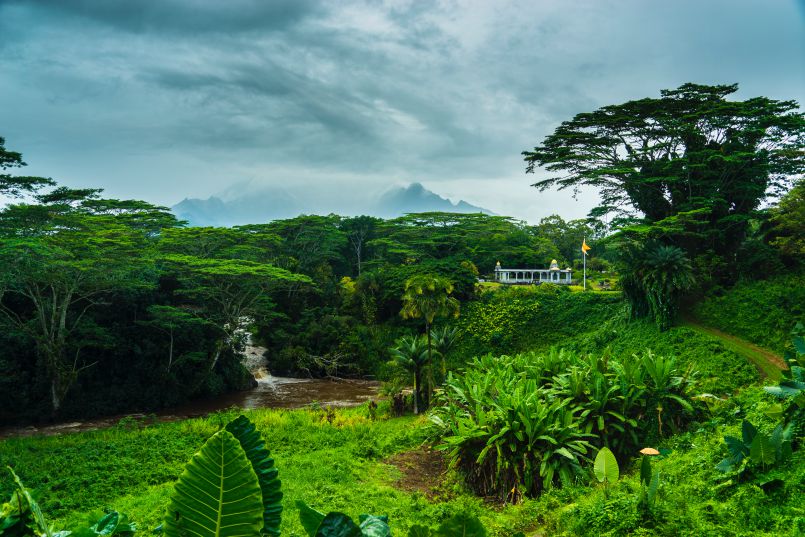
Handling Life's Experiences: A Talk by Satguru Bodhinatha Veylanswami
click below to play
Transcript: When I was looking at TAKA recently it threw up a quote from Gurudeva on experience which I'll read in just a minute. But first the verse in, a verse in Patanjali's Yoga Sutras which also references experience.
"What is experienced has the character of brightness, activity, and inertia. It is embodied in the elements and the sense organs. Its purpose is to provide both experience and liberation."
Well brightness, brightness, activity and inertia are the three gunas. The three states of matter: sattvic, rajasic, tamasic. And the dual nature of the world: experience and liberation. The idea being: Each soul needs a certain amount of experience in the world before it is ready to transcend the world through achieving liberation.
I'm sure you experience that all the time; if you try and talk to someone about spirituality and they're not interested. They're interested in more experience, right? You just can't ripen the fruit before it's ripe. You know it has to ripen itself through experience.
So, experience is needed in the world before we become interested in achieving liberation. We're not immediately interested in it.
Well the quote from Gurudeva was: "What do we mean when we say there is no good and no bad, only experience? We mean that in the highest sense, there is no good and bad karma; there is self-created experience that presents opportunities for spiritual advancement. If we can't draw lessons from the karma, then we resist it or resent it, lashing out with mental, emotional or physical force. The original substance of that karma is spent and no longer exists, but our current reaction creates a new condition of harsh karma to face in the future. (Then that beautiful line that I use in my Karma Management.) As long as we react to karma, we must repeat it. That is the law."
How many times do we want to repeat the same karma particularly if it is unpleasant. Even the pleasant ones we get bored of eventually, right? But the unpleasant ones, why would we want to repeat it? But it is human nature to react and to try and blame someone else, as you know. When things go right we're willing to take the credit but when things go wrong it's someone else's fault. Never our self-created karma. That's human nature. We don't want to admit that we created this somehow. That's what we did in the past.
That reminded me of "Life the Great Experience" chapter. So I took a quote from that:
"If you check back through the pages recording various periods of your life, you will observe that knowing grew from certain experiences which you held memory of in your subconscious mind. You can also look within yourself and observe all that you do not know that you knew. For example, start with all those things you are not sure about. You must resolve all of these things through understanding before you can clear your subconscious mind. When you have cleared your subconscious mind through understanding the lessons from the experiences you are still reacting to, you will unfold the inner sight of your clear white light and begin to live in your true being."
That's pointing out a second aspect. The first point was we don't want to react when something happens. When the negative karma comes back to us we don't want react and reach out, retaliation in some way. Or just even hold resentment against someone. That's not fully letting the karma go. This is pointing out when experiences occur we need to understand them. Different point. So, for example, say a husband and wife, they find that she's getting into this situation where they have trouble agreeing. So one thing leads to another which leads to another which leads to another, which ends them up in this situation on a regular basis. They're stuck; they're repeating it. Why? Cause there's a lack of understanding. They're not seeing the overview. But if they were able to step back enough, see the overview, there's probably something you could do at point number two to avert getting to point number three and point number four and point number five. If you could just admit, well this leads to that which leads to that which leads to that. Therefore, when we get to point two I need to do this instead of that; I need to turn left instead of turning right. You know, if we can see that and we can understand it, then what happens? We stop repeating the experience. So, we need to have insights into why these events keep re-occurring in out life.
"The yoga student must establish basic principles in his life. He must try very hard to do this. The knowledge of inter-related action and reaction is within the consciousness of man. To understand the deeper experiences of life, we must analyze them. We must ask ourselves, 'What does this experience mean? What lesson have I derived from it? Why did it happen?' We can only find answers to these questions when we have established a foundation of dharmic principles, which are the mental laws governing action and reaction."
In other words: If we're not following dharma carefully, fudging on some of the yamas, fudging on our duties to others, what happens? It causes agitation in the mind. Instead of the mind being calm, instead of our being able to have a mountain-top perspective, we're at the bottom of the mountain and we're agitated because we haven't fully followed dharma. We've been fudging in one or more ways and that agitates the mind and therefore, we can't understand our experiences.
So, that's why Gurudeva is saying here, he's saying part of this process, you know, the requirement for this process to work is we need to be fully following dharmic principles. Then we're not agitating the mind which causes us not to be able to have insights into our experiences and causes experiences to keep repeating themselves. So, there's no reason for an experience to repeat itself endlessly. And there's no reason for a mistake to be made twice if someone's observant.
That's the four steps to responding to a mistake. Remember the first one is: Getting over feeling bad. The natural reaction depending on the size of the mistake is we feel bad about ourselves. We've discouraged, start criticizing our self. And if it's a really bad mistake then we criticize ourselves a lot. Or we go into a slump. But we have to pull ourselves out of that because that's not helping us avoid the mistake again, right? The point is we shouldn't need to do it twice. Therefore, the goal is to pull ourselves out of that. And the second step is to figure out how to avoid that happening again in the future. Perhaps we've learned something now. And that new knowledge will help us. Perhaps we were just being careless and we realize we that we can't be careless in that situation cause this mistake could happen. Perhaps we have a new insight.
One way or another the goal is to be observant enough. The example I used in Karma Management was the back road here, pretty good shape now, but at that point it had lots of pukas. It's the Hawaiian term for dips in the road. And there were some pretty major ones. And you could drive along and hit all the dips and keep going that way the rest of your life, right? Everybody in the car would notice. Or, the first time it happens you could say: "Well let's see now. All those potholes are on the right side so if I drive on the left side I won't hit them." You know we can be observant. And by not being agitated we make a decision so that same mistake doesn't occur again.
Then the third point, just to remind you of the four steps in responding to a mistake is: Other people were involved, you may need to smooth over the relationship with them. You need to apologize, give them a gift, do something to smooth out the energies between you. And then, if you still feel bad about it, it probably needs a prayaschitta of some kind to get the subconscious mind feeling okay about what you did. Cause we're not supposed to feel guilty, you know. Saivism's not about feeling guilty.You feel guilty it means there's some prayaschitta. It also may mean we don't understand the instinctive, the intellectual and the superconscious nature. We're expecting ourselves just to be this superconscious being. But we also have an instinctive nature and an intellectual nature that sometimes gets out of control.
Well one last thought:
"Each experience is a classroom. When the subconscious mind has been fully reconciled to everything that has happened, when you have fully realized that everything you have gone through is nothing more and nothing less than an experience, and that each experience is really a classroom, you will receive from yourself your innerversity personal evaluation report, and it will be covered with the highest grades, denoting excellent cognition."
Yogaswami's Messages in English
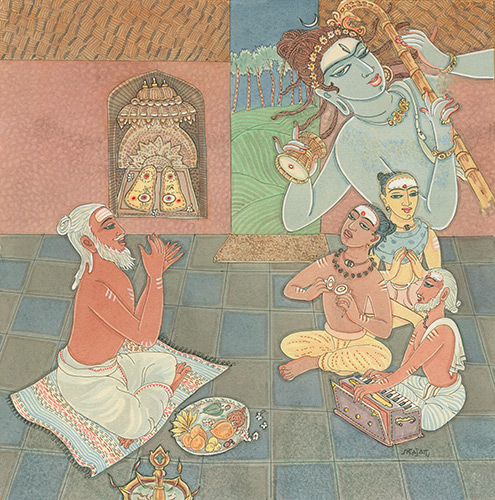 Siva Yogaswami's song were the panacea he created to guide and uplift his devotees. Many miracles are ascribed to those who sang his songs, the majority of which he sang for particular individuals in response to a specific need or occasion. When devotees would appeal for help or were in need of guidance, Swami's response was a song, often for them to sing themselves to make their appeal to the Divine.
He said, "Sing to melt the very stones!" and he himself was a master artist and song composer. His lyrics arose spontaneously from his superconscious, without any need for "word craft" ... verses just flowed from him in consummate Tamil akin to the magical Tamil of the Saiva Saints like Arunagirinathar.
While the Tamil and music is beautiful, the message is the key and to make this heritage available to the next generation we need to have some of his songs in English. And audio today is a primary channel for the next generation. After his passing his four chief disciples created the book "Natchintanai, Songs and Sayings of Yogaswami, Translated from the Original Tamil." Published by the Sivathondan Society (currently not available in the US) Kulamata Bhavani Param was inspired to take some of these translations and sing them in traditional ragam (melodic scales) with her grand-daughter Sandhyadevi. Two songs are now available on line (SivaSiva App users can download these on the "Recent Additions" in the Listen Portal.)
Divine Grace Sweeps Over
Siva Yogaswami's song were the panacea he created to guide and uplift his devotees. Many miracles are ascribed to those who sang his songs, the majority of which he sang for particular individuals in response to a specific need or occasion. When devotees would appeal for help or were in need of guidance, Swami's response was a song, often for them to sing themselves to make their appeal to the Divine.
He said, "Sing to melt the very stones!" and he himself was a master artist and song composer. His lyrics arose spontaneously from his superconscious, without any need for "word craft" ... verses just flowed from him in consummate Tamil akin to the magical Tamil of the Saiva Saints like Arunagirinathar.
While the Tamil and music is beautiful, the message is the key and to make this heritage available to the next generation we need to have some of his songs in English. And audio today is a primary channel for the next generation. After his passing his four chief disciples created the book "Natchintanai, Songs and Sayings of Yogaswami, Translated from the Original Tamil." Published by the Sivathondan Society (currently not available in the US) Kulamata Bhavani Param was inspired to take some of these translations and sing them in traditional ragam (melodic scales) with her grand-daughter Sandhyadevi. Two songs are now available on line (SivaSiva App users can download these on the "Recent Additions" in the Listen Portal.)
Divine Grace Sweeps OverMalahari Ragam, Rupaka Talam
Guru Bhakti, Greatest Blessing
Mohana Ragam, Rupaka Talam
SivaSiva App Officially Released for iOS and iPad
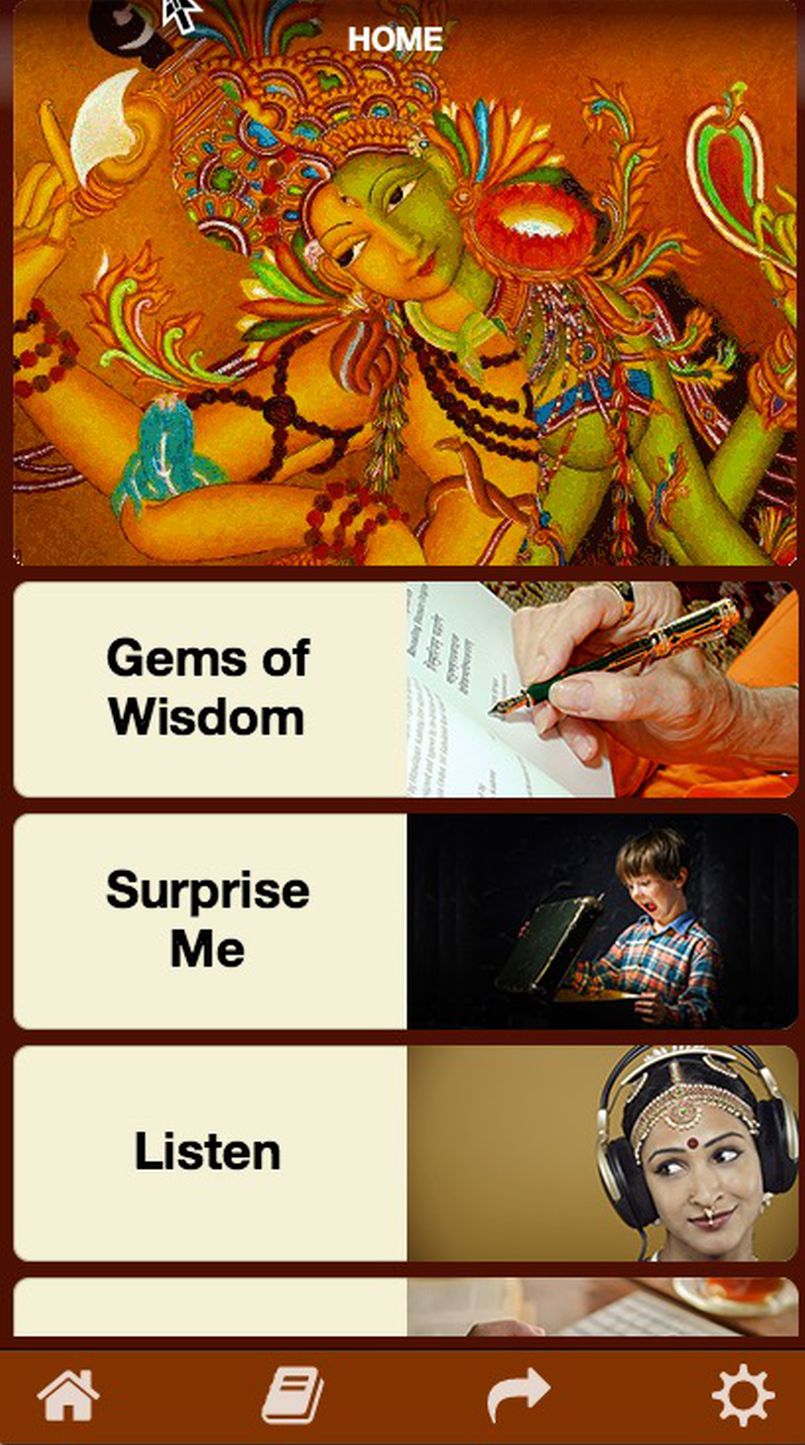
The SivaSiva App provides structured mobile access to the vast resources on our websites. Modules provide quick access and interaction with content related to Saivite Hinduism. The app also provides a gateway to our media collections. There are also interesting tools for your spiritual life, realms of practice, study, fun and upliftment, portals to our rich culture and philosophy for a mobile generation.
Click here to go to the iTunes App Store to download the app to your phone or computer.
We value your input. Please share with us what you feel will be useful for your personal life, practice, spiritual and cultural growth. use the "Feedback" option at any time to send us bug reports or ideas for future versions. Version 1 is just the beginning.
Overview
"SivaSiva" is a revered mantra from South India naming the divine within all. This app is a portal to the ancient, profound wisdom and rich culture of that tradition, retooled for the 21st century. It seeks to reach today's mobile generation who seek to understand Eastern metaphysics, find spiritual roots and enjoy authentic spiritual experience.
SivaSiva offers inspirational quotes to uplift your day, awesome photos and art, access to an extensive audio library, YouTube videos and more. Version One has tools for practice and study. Use the app to learn the basics of Saivite Hinduism by diving into the Path to Siva book, which is resident in the app even if you are off line. Read the daily Master Course lessons and practice Color Meditation. The entire current issue of Hinduism Today magazine is available inside the app. Quotes from books give you instant access to their source. A journal tracks your history. Tap favorites to come back to them tomorrow. Have fun with the word-puzzle and learn key concepts at the same time. SivaSiva is a tool for all those who seek daily spiritual upliftment.
The SivaSiva App is follows the model of the popular Asian "Megaapp" — which is like going to a giant super mall, a one space in which many needs are met. It is one large app that serves multiple needs that once would take many small apps.
A big challenge and requirement for this app comes from the age and interest levels of our users, who range from 14-year-olds who know little about Hinduism, all the way up to 80-year-old devotees who are knowledgeable and dedicated Saivite Hindus steeped in the tradition. Currently we have little content for small children. This will change in future versions, as we find ways to add modules that meet the "fun" requirements of both adults and 8-year olds at the same time.
Sometimes the question is asked, "How is this different from your website?" The answer is that users have limited time to choose from a vast wealth of content, and this app uses a strong "push" model that offers access to the culture and teachings without requiring users to search for things. It also offers in-app content that the user can access while offline without a connection. The SivaSiva app is a curated approach to content delivery, tailoring access to the needs of a mobile generation
Aum Namah Sivaya
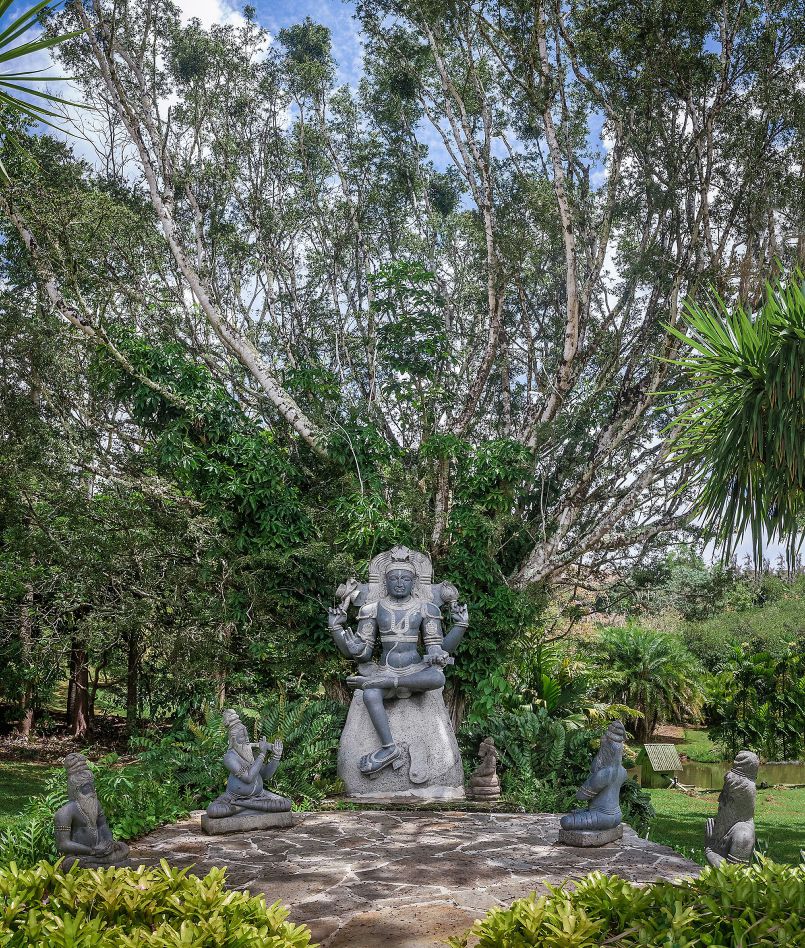
"That which is neither conscious nor unconscious, which is invisible, impalpable, indefinable, unthinkable, unnameable, whose very essence consists of the experience of its own self, which absorbs all diversity, is tranquil and benign, without a second, which is what they call the fourth state--that is the Atman. This it is which should be known."- Atharva Veda, Mandukya Upanishad 7.VE, 723
From Our Gurus' Teachings
Archives are now available through 2001. Light colored days have no posts. 1998-2001 coming later.
